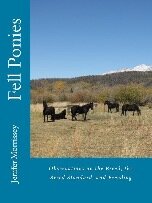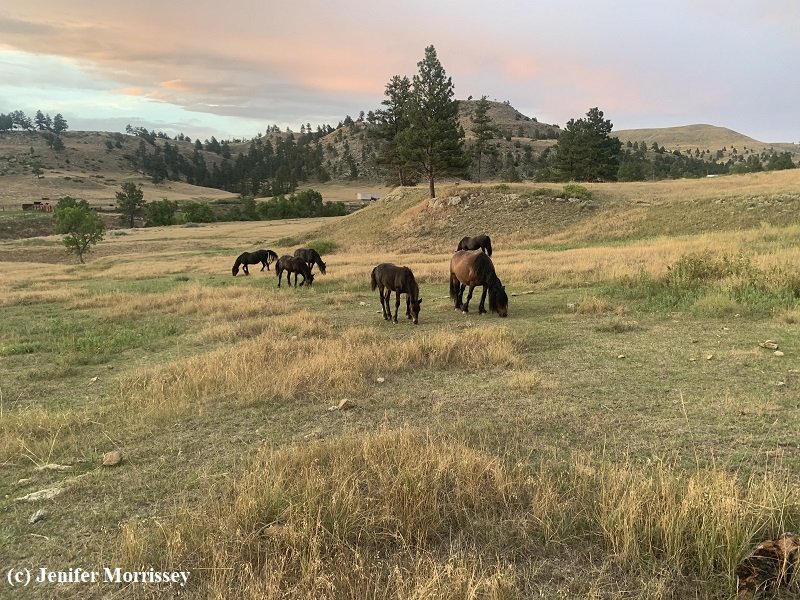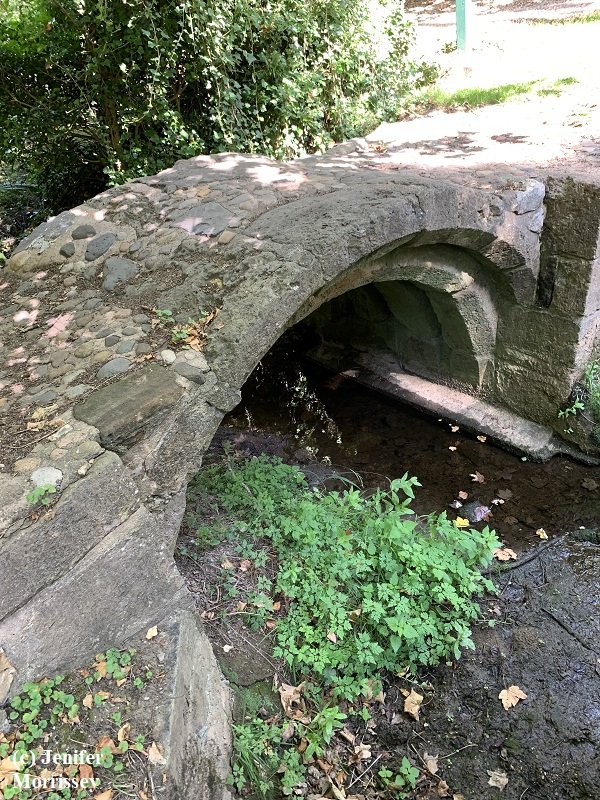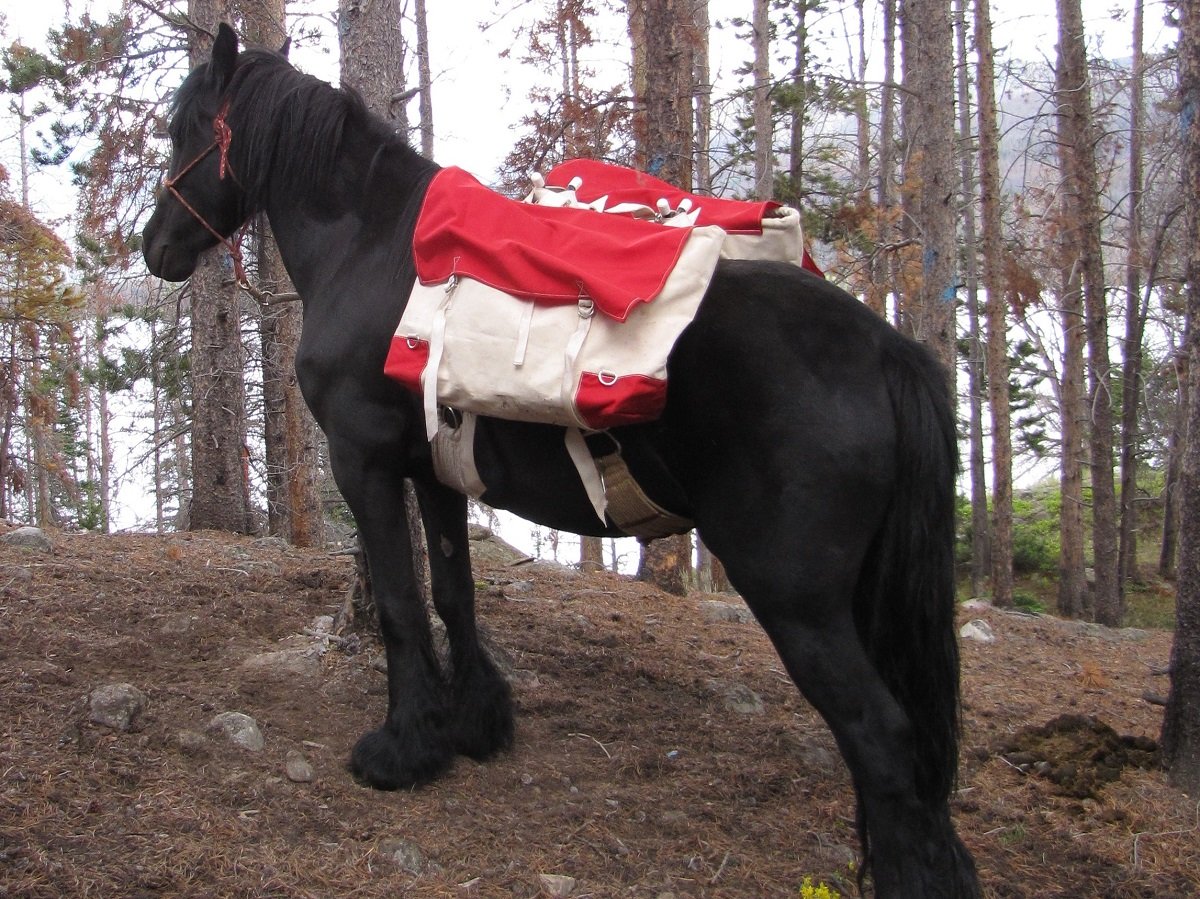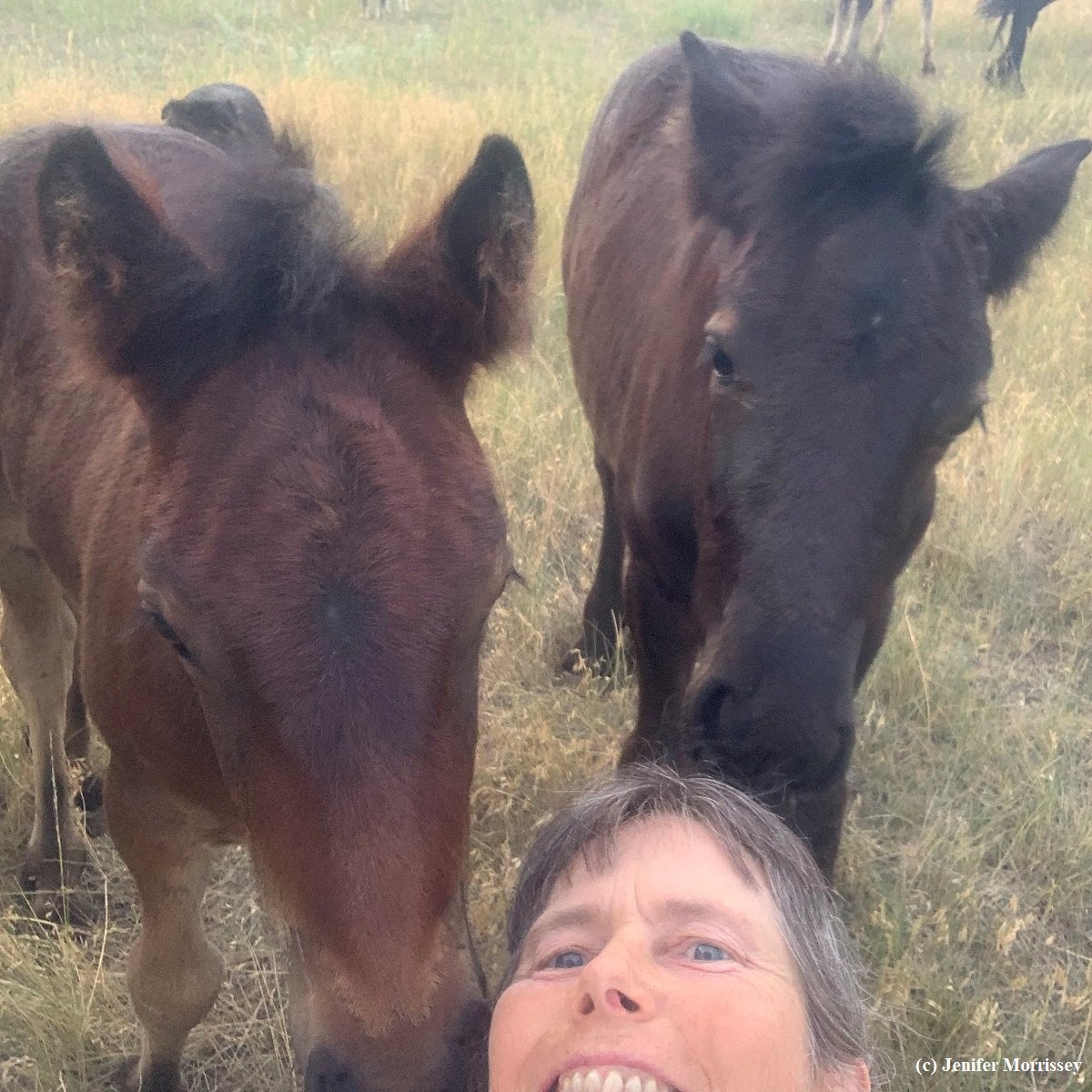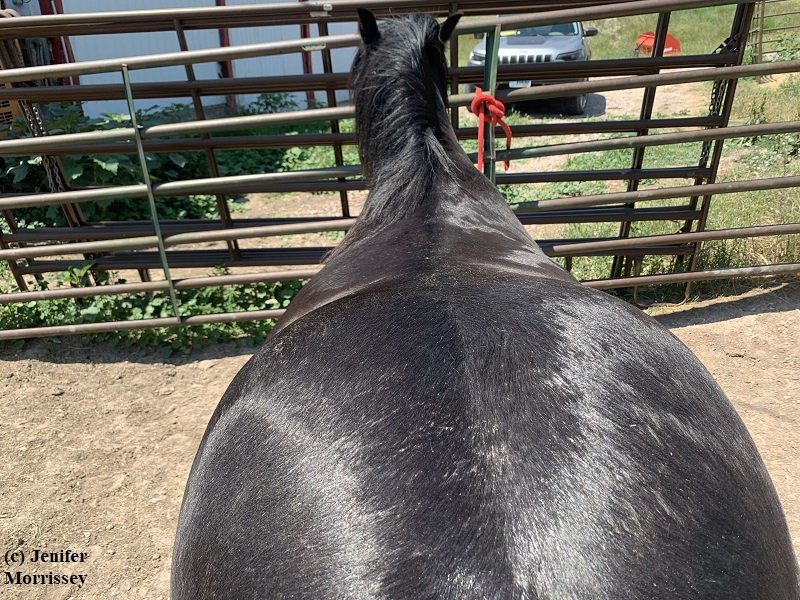Lettie and Her Grandfather
/One of the things that surprises me with my ponies, though it probably shouldn’t since I’ve been doing this long enough, is that I’m seeing traits of grandparents in grandchildren. On a beautiful February day, it was long-yearling Willowtrail Lettie reminding her of her grandfather Guards Apollo.
I woke up as the sun hit the house feeling the spring that is coming. Such a nice day had dawned that I was inspired to dig out my blue tarp and take it to the barn. The inspiration was to do something I’ve never done before: introduce the tarp to a herd rather than a single pony. When I stopped at the barn between sunrise and breakfast, I put some orange cones in the paddock. Eventually they would hold the corners of the tarp down, but they ended up being entertainment on their own. As the picture of Lettie shows, she immediately began pawing one and sniffing it and moving it around.
Willotrail Lettie showing tremendous curiosity in a cone.
When I returned to the barn later, I carried the blue tarp into the paddock. I was met at the gate by curious ponies wondering what I was carrying. Some recognized it, and some expressed concern for the crinkly noise it made. I unfolded it in the company of five ponies, being cautious in case one might spook. That didn’t happen, and I tucked each corner under a cone to secure it in the slight breeze. Nice idea, but almost immediately Lettie and her older sister Aimee were pawing at it. I stood back and watched.
I had thought I might halter a pony and lead them across the tarp, but what happened next was too entertaining to interrupt. Lettie and Aimee continued to paw and sniff, and they attracted some of the rest of the herd as an audience. I was able to coax the lead mare to put one foot on the tarp as it was being moved about by the youngsters’ activities. Then my most seasoned mare took my invitation and walked across it at liberty. The two others who were watching were a little worried, so I just let the entertainment continue.
After a few more minutes, I took the tarp corners out from under the cones so that the tarp was free. What happened next had me laughing heartily. Lettie pawed and pawed at the tarp, eventually making it into a ball under her. I laughed because I had seen her grandfather do the exact same thing thirteen years before, as shown in the picture of Apollo and the blue tarp that illustrates at least one of my book chapters.
Guards Apollo playing with a blue tarp in 2010
But then Lettie outdid her grandfather. She grabbed a corner of the tarp in her teeth and raised her head. Normally that startles a pony because the tarp billows and makes noise so they let go. She did pause, but then she stood there chewing on the tarp corner with the tarp swaying gently in the breeze as she surveyed the hill with alert attention. I thought it was hilarious because she was so comfortable with the whole picture. Of course, it was a morning when I’d left my camera at home, so I could only stand and chuckle. My apparent enjoyment attracted the mature ponies to my side, thinking perhaps they could out-entertain Lettie, but not a chance! I just enjoyed the granddaughter and the memories of her grandfather that she brought to mind. What a blessing life with ponies is!
© Jenifer Morrissey, 2023
The photo of Apollo and the blue tarp also appears in my book What An Honor, available internationally by clicking here or on the book cover. The cover of the book features Lettie’s grandmother!












